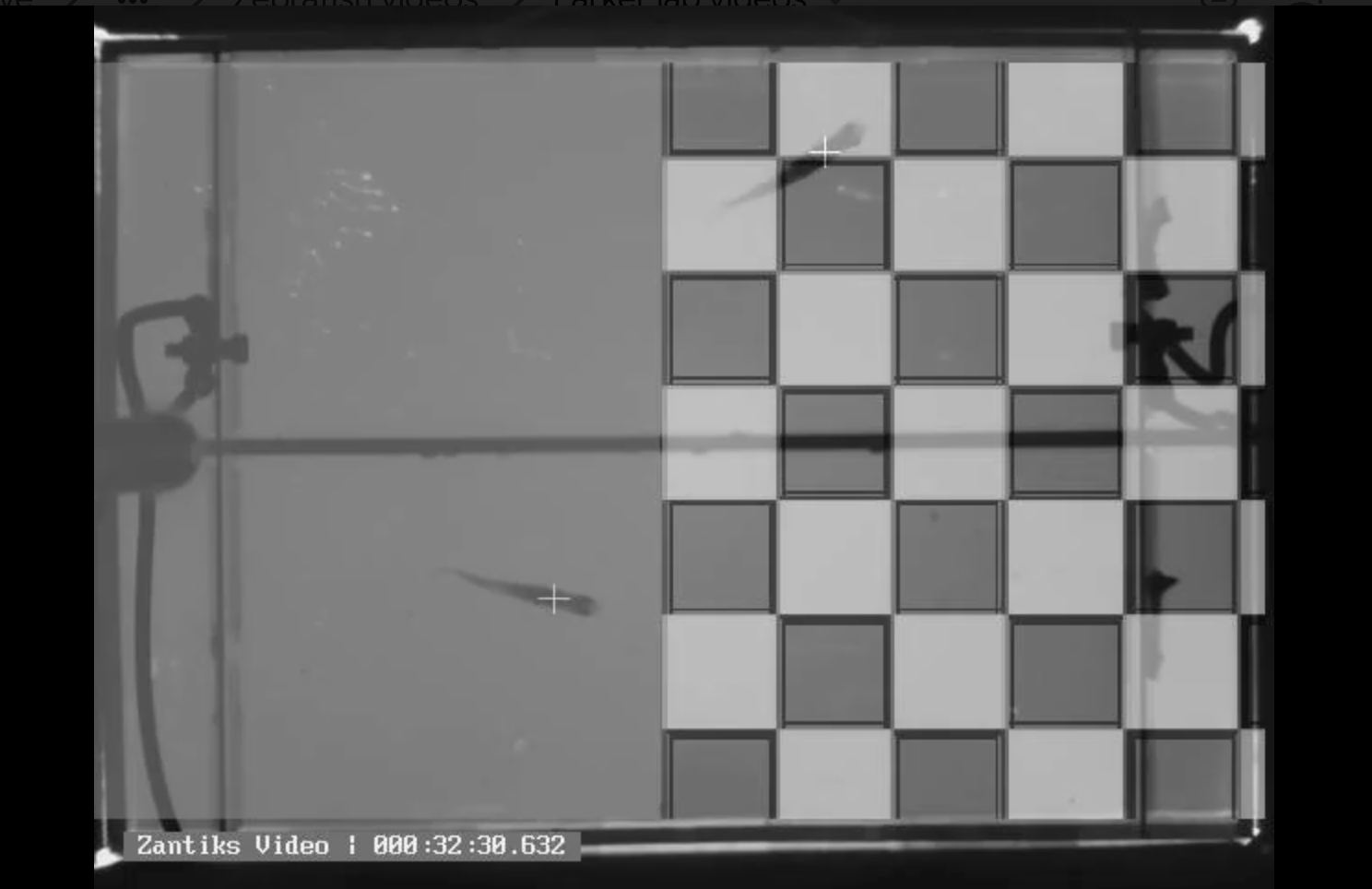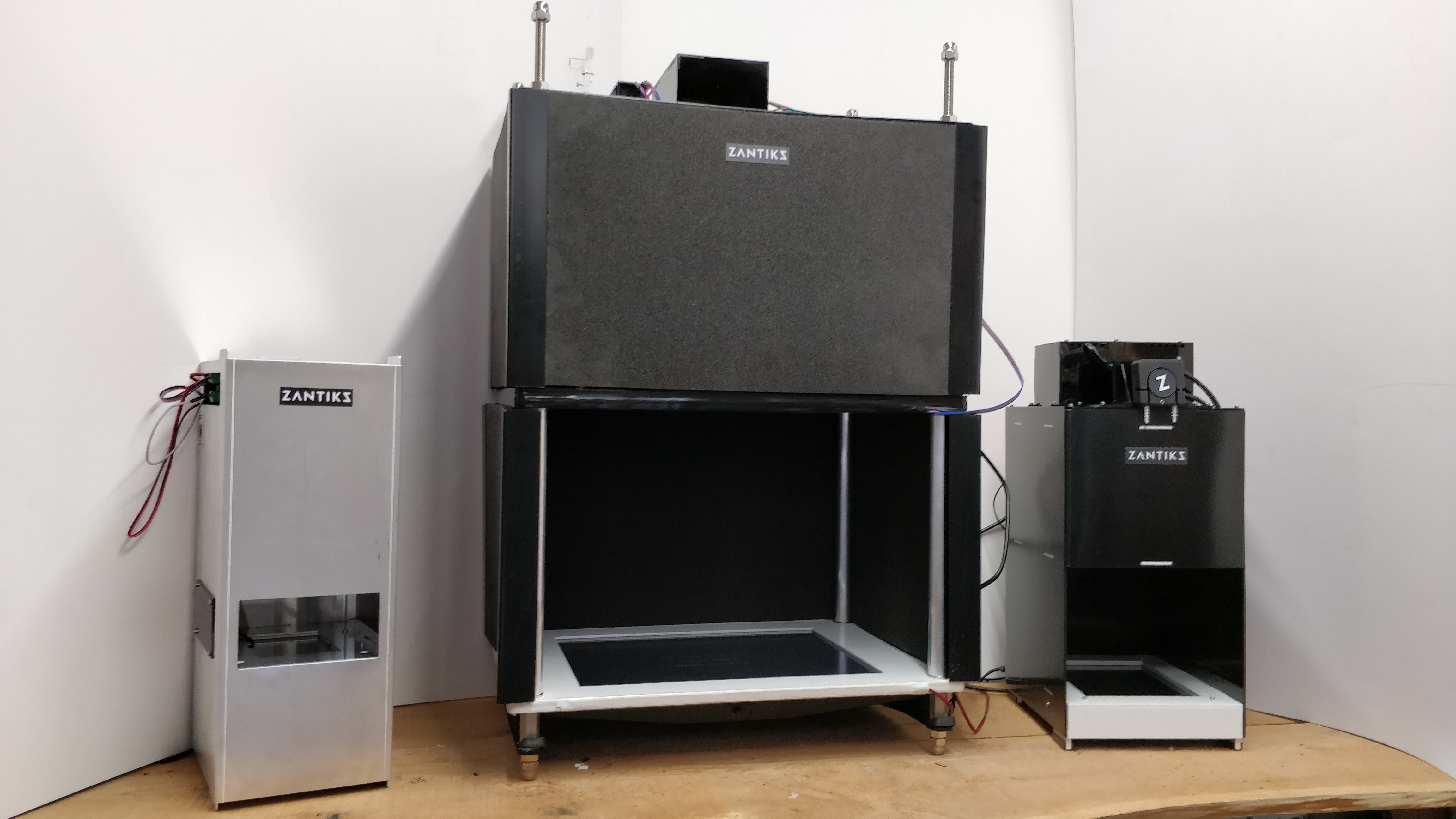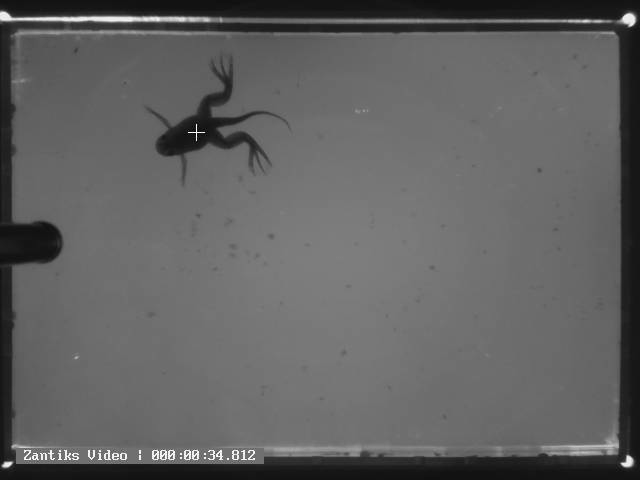News-Medical Life Sciences spoke to Dr. Bill Budenberg from Zantiks Ltd at Neuroscience 2019 about animal behavior studies and Zantiks' technologies.
Please give us an introduction to Zantiks.
Zantiks' main aim is to produce kits that make behavioral experiments more accessible and useable for scientists. The units enable every scientist to run easily standardized, reproducible, and high throughput behavioral experiments across a wide range of animal species.
The company was born out of a request from Caroline Brennan's lab at Queen Mary University London. They asked me to come up with a simple way of conducting high throughput learning and memory experiments with zebrafish. No one else in the market was making a system to automatically feed and reward the behavior of fish, although much had been done with rodents.

After running through several options, we ended up with the first version of the Zantiks AD unit as it stands today - a fully integrated unit. It acts very much like your own personal robotic behavioral lab assistant, as you can run a whole variety of behavioral experiments at the click of a button. In addition to automating your studies, these 'robotic assistants' also deliver real-time video recording and processed results data, which is ready to download as soon as the experiment finishes.
Since those early days, we realized that the setup - an integrated unit with a computer, software, camera, built-in stimuli, and an isolated chamber - could be adapted to accommodate different sized arenas. It could track the behavior of a whole range of species during a variety of cognitive and non-cognitive behavioral tests.
We have, therefore, developed from testing adult and larval Drosophila and Daphnia, and larval zebrafish in the MWP unit (which fits a standard multiwell plate), to mice and fish in the Zantiks AD, and larger animals or groups of animals, such as rats, fish, crustacea in the Zantiks LT.
Why are you exhibiting at Neuroscience this year? Will you be attending any other tradeshows in the next few months?
We always look forward to Neuroscience every year because, as the biggest neuroscience conference in the world, it gives us the chance to meet and network with behavioral researchers from many countries in one place. It's stimulating to find out what the latest trends are in research and to see where behavior research is headed in the future.
The wide range of posters presented also offers a fantastic opportunity to hear about research direct from the scientists involved. Being able to demonstrate to scientists visiting our stand how the units operate is very useful as it enables us to discuss face to face how their particular experiments could be automated using our systems.
We tend to visit exhibitions that are held in conjunction with conferences, symposiums, and meetings. This month we are off to St Louis for the Entomological Society of America's annual meeting as well as to Cold Spring Harbour for the annual Zebrafish Circuits meeting. After which we have a few meetings in London, specifically the BNA's Xmas conference and the ASAB winter meeting.
There are enough conferences worldwide to keep us busy every month, and we are always interested to hear about the smaller, more focussed behavioral meetings.
Your motto is 'Behaviour, simply' – How does your technology enable simple measurement of animal behavior?
By standardizing the test environment, automating the running of the trial, and then delivering processed results, the technology helps make measuring animal behavior simpler.

The experiment - using the same script in a Zantiks unit, which can be located in any lab in the world - can be repeated in exactly the same way no matter who is running it. The processed results data - for example, summarizing distance traveled, time spent, and distance traveled in different zones - is also exactly replicated. By reducing these confounds, the technology helps scientists overcome the challenge of result reproducibility and the unconscious biasing of data.
Our technology makes it possible for non-behavioral scientists to add behavioral assays easily to their studies.
What other benefits do your automated units provide researchers?
There are many benefits, but I think there are three particular highlights.
Firstly they are compact so that you can pack many units side by side on shelving in a lab. Secondly, the units are relatively inexpensive, so it is easy to buy multiple units within the budget.
Thirdly, you only need 12V of power, a network cable, and any networked device to operate them. You can operate one or more units from a web browser on any web-connected device - your smartphone, laptop, PC, Mac, or Chromebook, for example. This removes any compatibility issues and frustrations one often faces when trying to run the software.
Consequently, it is easy to start standardized experiments in multiple units together, and very little time is wasted in between sequential experiments. The only extra time needed is to replace the subject(s) being tested in the experimental chamber.
What organisms can be used with Zantiks' products?

The behavior of a whole range of different organisms can be monitored in a Zantiks unit, from larval and adult zebrafish, Drosophila to Xenopus, crustacea, fish, and rodents (both mice and rats).
I think it is especially interesting as increasingly scientists are conducting cross-species studies, and using the Zantiks units, they can be confident that the standardization they achieve between the different units provides a more reliable comparison.
How will neuroscientists be able to apply the results they gain using your equipment to human situations and issues?
Several scientists conduct animal behavior research because it is translational to human disease; for example, neurodegenerative diseases, cognitive learning deficits in Alzheimer's, mental health, and psychiatric disorders.
Many of the paradigms that neuroscientists can test in our equipment are directly translational to many types of disorders, and they include looking at different genes as well as pharmacological drug studies.
For example, at the University of Portsmouth, the units are used in two labs. Dr. Matt Parker's lab is studying addiction in fish to help explain why people get addicted to drugs and alcohol, and to ensure that more effective cures and interventions can be found in the future. Professor Alex Ford's lab is looking at the effects of pollution on behavior - a growing concern as prescribed/illicit drugs and other human-made substances such as pesticides have an accumulated impact on wildlife. They affect many different areas, including biodiversity and the food chain.
How do you think the use of your products will advance future scientific research and development?

I think Zantiks can help advance scientific research in three distinct ways. In 2016, Nature surveyed 1576 scientists and found that more than 70% of scientific experiments cannot be repeated, and over half of the scientists didn't manage to replicate their experiments successfully. With the Zantiks units, experiments are standardized, repeatable, and reproducible.
Consequently, when a lab wants to start testing their theory, they begin by verifying an experiment that has been done elsewhere. If they can do this easily, they can quickly move to the next step and so advance their scientific research faster.
The second way they can help is a result of the fact that Zantiks provides one of the few systems around that is suitable for cross-species experiments. This is important because the units enable researchers to compare different species, which ultimately improves discovery and the understanding of species and variations between species.
Finally, because the units are simple to operate, they can be used by non-behavioral scientists and also for educational purposes in schools and universities, promoting behavioral knowledge beyond the normal specialist behavioral lab environment.
What makes Zantiks and its technologies unique?
The Zantiks units are simple, compact, versatile, and affordable, and currently, we know of no other system around that combines these four properties.

About Dr. Bill Budenberg
Dr. Bill Budenberg began his scientific career with a natural sciences degree at the University of Cambridge, before a PhD at Imperial College London and Postdoctoral work in Kenya, exploring the pheromone and kairomone responses of the banana weevil.
His interest and expertise in behavioral biology, combined with his interest in technology, has driven him to develop solutions for scientists that are in labs all over the world.